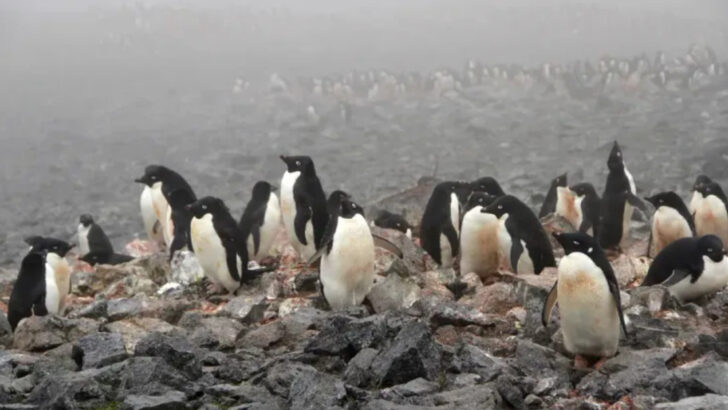The clock is ticking, and our planet’s wildlife is disappearing faster than we can blink. Climate change isn’t just a future threat—it’s happening now, and many animals are paying the price. As temperatures rise, habitats shrink, and food sources vanish, species that once thrived are vanishing before our eyes.
From the icy cold of the Arctic to the sweltering heat of the tropics, animals everywhere are feeling the heat—literally and figuratively. Some are already on the brink of extinction, while others are racing to adapt, often with heartbreaking results.
In this post, we highlight 17 incredible creatures that are becoming rarer by the day, each with a unique role in its ecosystem. Their struggles aren’t just theirs—they’re a sign of a planet in peril. Are we paying enough attention to save them before it’s too late?
Polar Bear

The polar bear, an icon of the Arctic, is struggling to survive as sea ice diminishes. This majestic creature, with its thick white coat and powerful build, relies on ice platforms to hunt seals.
Unfortunately, rising temperatures are melting these ice platforms, forcing bears to swim longer distances in search of food. Polar bears face starvation and drowning, with less ice and fewer seals to hunt.
Their survival is entwined with the fate of the ice. Conservation efforts focus on reducing greenhouse emissions to protect their icy home.
Emperor Penguin
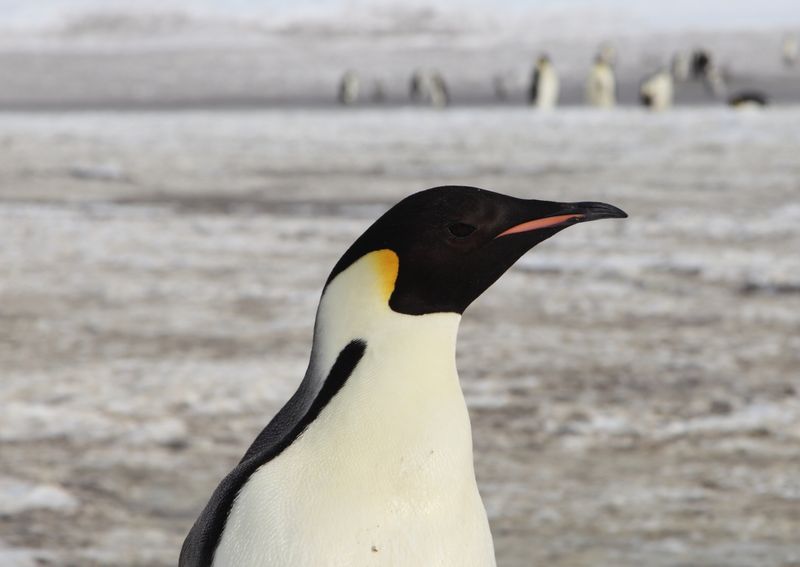
Emperor penguins, the largest of their kind, are known for their striking black and white plumage and yellow ear patches. These birds breed exclusively on sea ice, which is rapidly disappearing.
Loss of ice affects their breeding and feeding, with fish stocks also declining due to warming oceans. Penguins face reduced chick survival rates, with some colonies vanishing completely.
Their stoic resilience is tested, as they march across shrinking ice fields. Efforts to save them include marine protected areas and climate action to stabilize ice conditions.
Leatherback Sea Turtle
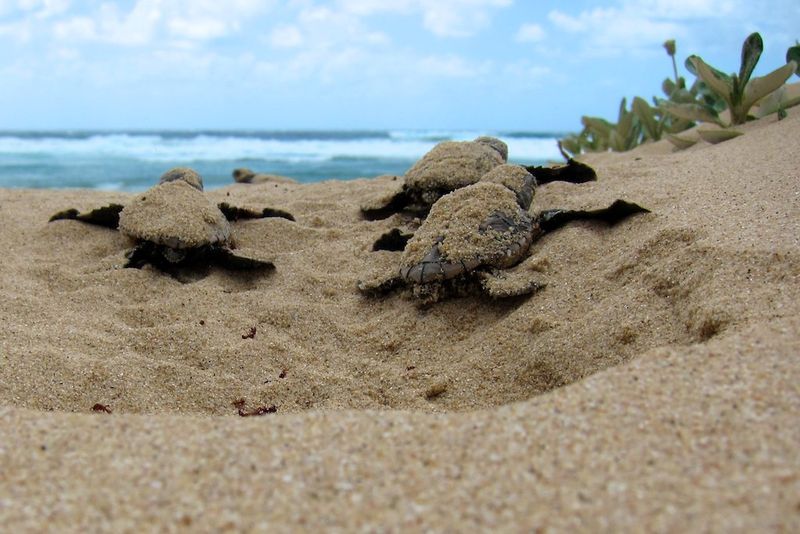
Leatherback sea turtles, ancient mariners of the sea, are facing a dire future. These gentle giants, with their distinctive leathery shells, migrate vast distances across oceans.
Rising sea levels and temperatures threaten their nesting beaches, while oceanic changes impact their jellyfish prey. Human activities, like fishing and plastic pollution, further endanger them.
Efforts to protect nesting sites and reduce marine debris are crucial for their survival. Conservationists strive to ensure these turtles continue their epic oceanic journeys.
Snow Leopard
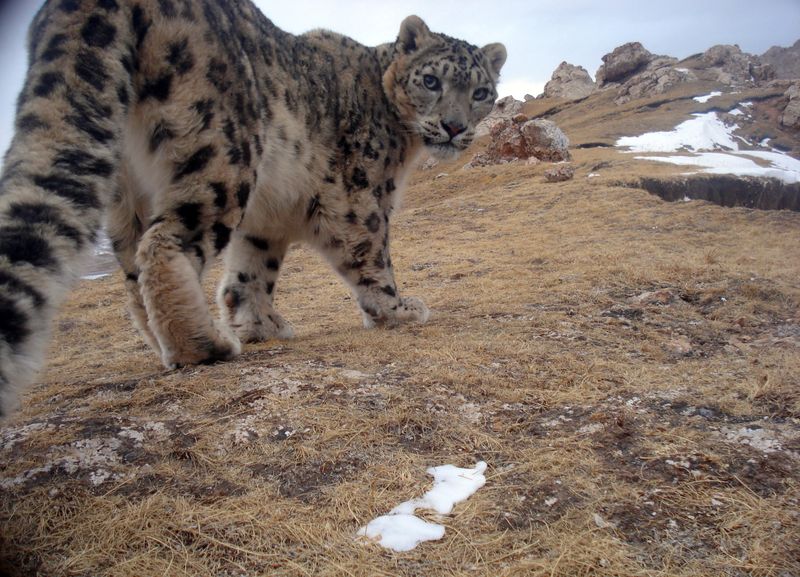
The elusive snow leopard, with its smoky-grey fur and mesmerizing green eyes, calls the mountainous regions of Central Asia home. However, climate change threatens their habitat, pushing prey to higher altitudes and shrinking their range.
As humans encroach further, competition for space and food intensifies. Conservation efforts focus on habitat preservation and reducing human-wildlife conflict.
These efforts aim to secure a future for the ‘ghost of the mountains,’ whose survival is as delicate as the environment it inhabits.
Hawksbill Turtle
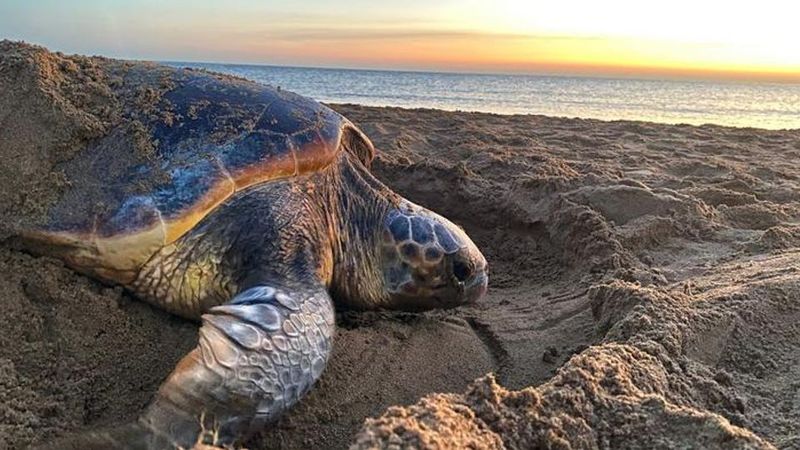
Hawksbill turtles, with their intricately patterned shells, are vital to coral reef health. Warming oceans and rising sea levels threaten their nesting habitats, while coral bleaching diminishes reef ecosystems.
Overexploitation for their shells and bycatch in fisheries exacerbate their decline. Conservation programs protect nesting beaches and regulate trade, striving to preserve these beautiful creatures and their habitats.
Their presence is a testament to the intricate connections within marine ecosystems, now at risk due to climate change.
Arctic Fox
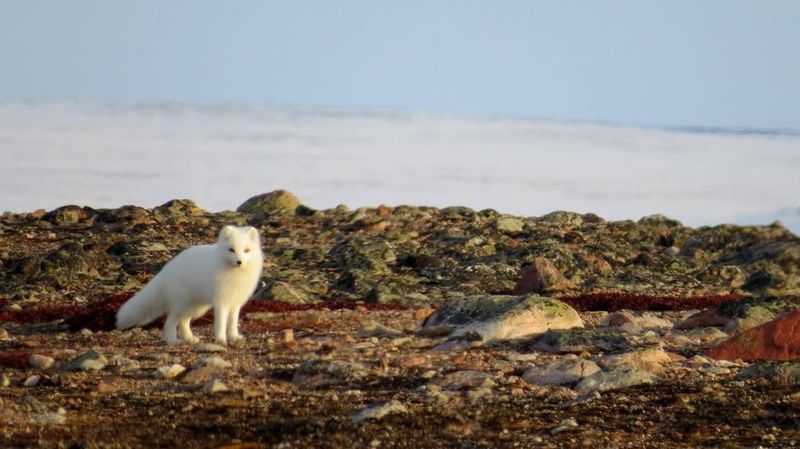
The Arctic fox, with its fluffy white winter coat, is a symbol of adaptability. As the Arctic warms, their icy habitat diminishes, affecting prey availability. Warmer regions allow red foxes to encroach, competing for food and territory.
Arctic foxes are forced to adapt or move, facing challenges unlike any before. Conservationists work to monitor populations and mitigate human impacts.
These small predators are intricately tied to the fragile Arctic ecosystem, their future uncertain as the climate continues to change.
Coral Reef Fish
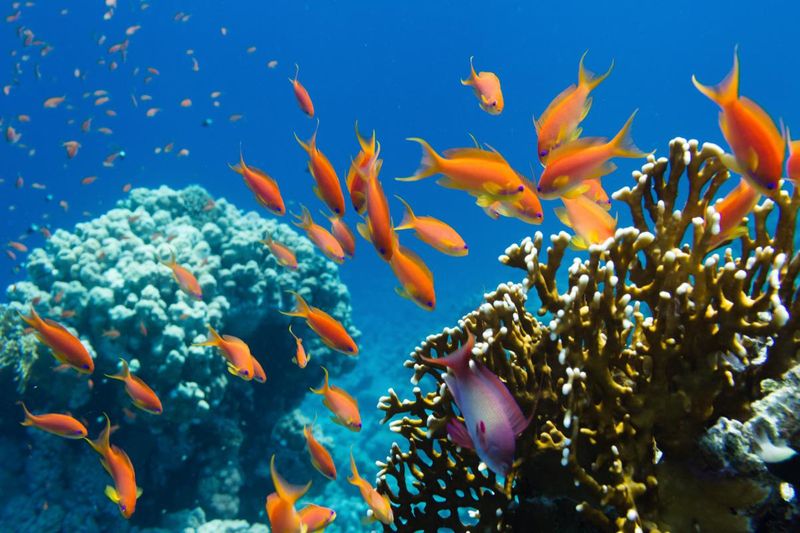
Coral reef fish, with their dazzling colors and patterns, are integral parts of marine ecosystems. Rising ocean temperatures cause coral bleaching, destroying their habitats.
As reefs die, so do the fish that depend on them. These changes disrupt food chains, affecting larger marine life. Conservation efforts include establishing marine protected areas and restoring coral reefs to sustain fish populations.
By preserving their vibrant underwater homes, we can hope to see these colorful communities thrive once again.
Adélie Penguin
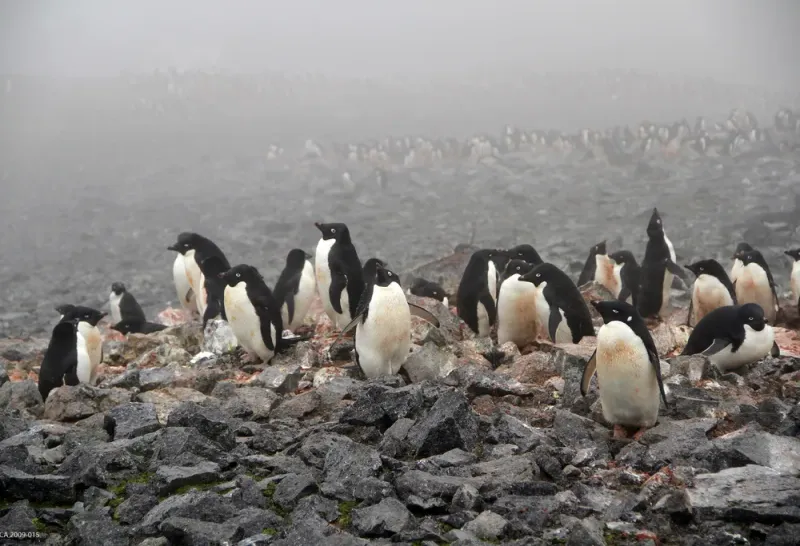
Adélie penguins, known for their bold black and white plumage and distinctive orange beaks, face a shifting world. Their reliance on sea ice for breeding and feeding is threatened by warming temperatures.
As ice shelves retreat, feeding grounds become inaccessible, and chick survival rates drop. Conservation efforts focus on protecting feeding areas and reducing human impact on their icy realm.
Adélie penguins are indicators of environmental health, and their decline signals changes in the Antarctic ecosystem.
Ringed Seal
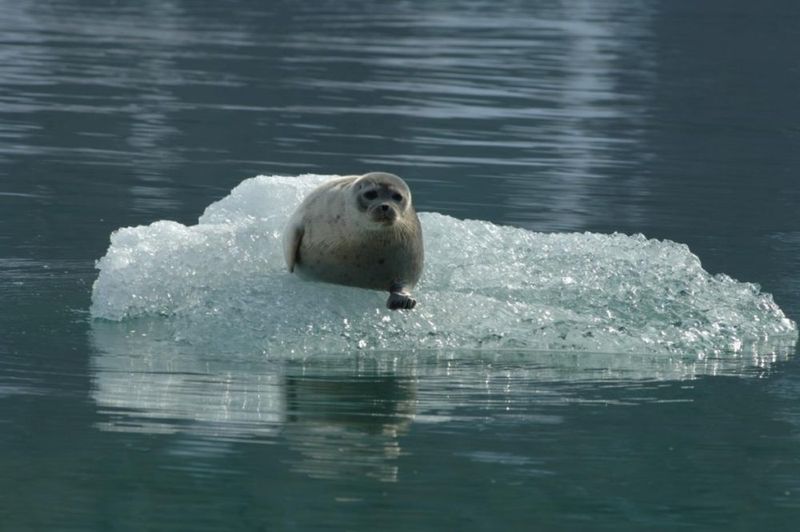
Ringed seals, with their unique spotted fur, are vital to Arctic marine life. These seals rely on sea ice for resting and breeding, but climate change threatens their icy habitat.
As ice diminishes, seals face challenges in pup rearing and avoiding predators. Conservationists emphasize the importance of reducing emissions and protecting critical habitats.
By safeguarding the conditions they depend on, we aim to preserve the delicate balance of Arctic ecosystems that support these charming creatures.
Koala
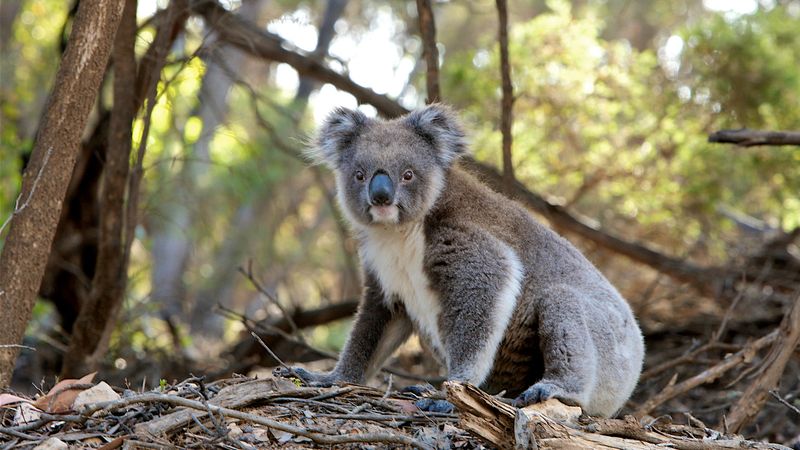
Koalas, with their fluffy ears and gentle demeanor, are emblematic of Australia’s wildlife. However, climate change-induced heatwaves and bushfires threaten their eucalyptus habitats.
These marsupials struggle to find food and water as conditions become harsher. Community initiatives and habitat restoration efforts are crucial to their survival.
As we address climate change, we also strive to protect koalas, ensuring that future generations can enjoy their unique presence in Australian forests.
Monarch Butterfly
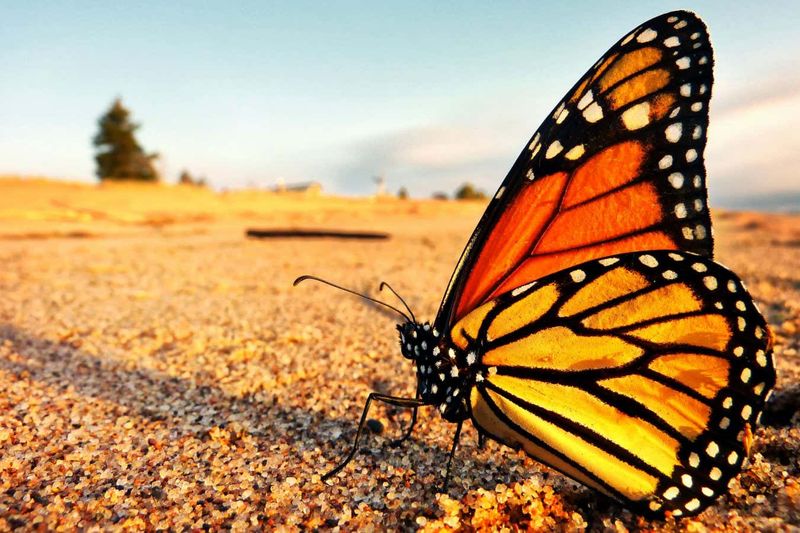
Monarch butterflies, with their iconic orange and black wings, embark on one of the most remarkable migrations in the insect world. However, climate change affects their breeding and migratory patterns.
Habitat loss and severe weather events further threaten their populations. Conservation efforts focus on planting milkweed and protecting migratory paths. Monarchs symbolize transformation and resilience, and preserving them means safeguarding a natural wonder.
By supporting efforts to protect these butterflies, we contribute to a healthier ecosystem.
Narwhal
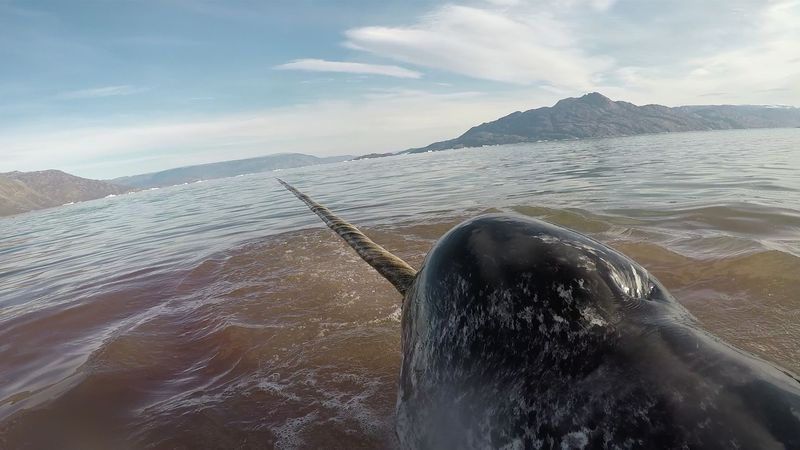
Narwhals, often called the unicorns of the sea, are known for their long, spiraled tusks. These enigmatic creatures inhabit Arctic waters, relying on ice-covered areas for feeding and breeding.
Climate change melts ice and alters prey availability, posing threats to their survival. Conservation efforts include monitoring populations and reducing human impact on the Arctic.
Narwhals captivate us with their mysterious beauty, and their future depends on our actions to protect their icy domain.
Mountain Gorilla

Mountain gorillas, with their expressive eyes and gentle nature, inhabit the dense forests of East Africa. Climate change disrupts their habitat, affecting food availability. Human encroachment and disease further threaten these majestic primates.
Conservation efforts focus on habitat protection and community engagement to reduce human-wildlife conflict. By ensuring their environment remains intact, we safeguard a future for these close relatives, whose existence is a testament to the rich biodiversity of African rainforests.
Red Panda

Red pandas, with their bushy tails and striking russet fur, are native to the temperate forests of the Himalayas. Climate change alters their habitat, affecting bamboo availability.
Deforestation and human encroachment add to their challenges. Conservationists work to protect their habitat and promote sustainable practices.
These enchanting creatures are ambassadors for their fragile environment, and preserving them ensures the health of the broader ecosystem.
Saola
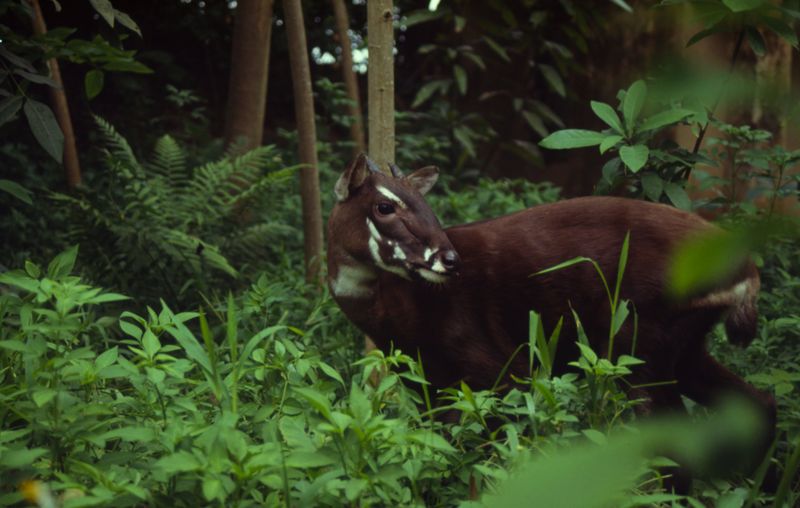
The elusive saola, often dubbed the Asian unicorn, is one of Earth’s rarest mammals. Found in the Annamite Mountains of Vietnam and Laos, these creatures face habitat destruction and hunting pressures.
Climate change compounds these threats, altering their delicate ecosystem. Conservation initiatives focus on habitat protection and anti-poaching efforts.
The saola’s survival is a symbol of the need to protect Earth’s biodiversity, as their mystery and rarity remind us of nature’s wonders.
Bengal Tiger
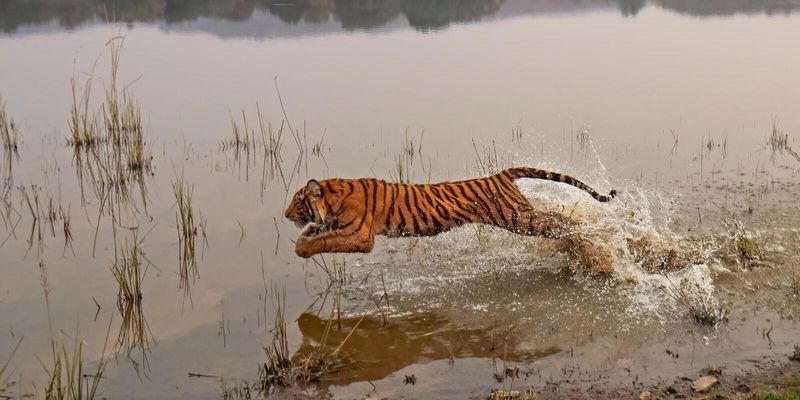
Bengal tigers, with their regal stripes and powerful presence, are the pride of India’s forests. Climate change brings rising sea levels and extreme weather, threatening their mangrove habitats in the Sundarbans.
Human-tiger conflicts increase as resources dwindle. Conservation efforts include habitat restoration and community engagement to ensure a future for these magnificent predators.
Protecting Bengal tigers means preserving a vital part of our natural heritage, where they reign as the keystone species of their realm.
Gaboon Viper

With a hiss that echoes the whispers of the forest, the Gaboon Viper is an enigma cloaked in stunning patterns. Nestled in Africa’s lush rainforests, this snake boasts the longest fangs of any viper, yet its true beauty lies in its elusive nature. Climate change threatens its habitat, altering the delicate balance of its ecosystem.
As deforestation and rising temperatures encroach, the Gaboon Viper finds its world shrinking. The once abundant prey becomes scarce, and with it, the viper’s chances of survival. Despite its fearsome appearance, the Gaboon Viper is a crucial part of the forest tapestry, controlling rodent populations and maintaining ecological harmony.
Preserving this silent hunter’s habitat is a step towards safeguarding the richness of the rainforest. Did you know? Despite its fearsome reputation, this viper is known for its relatively docile temperament, a true paradox of the wild.

